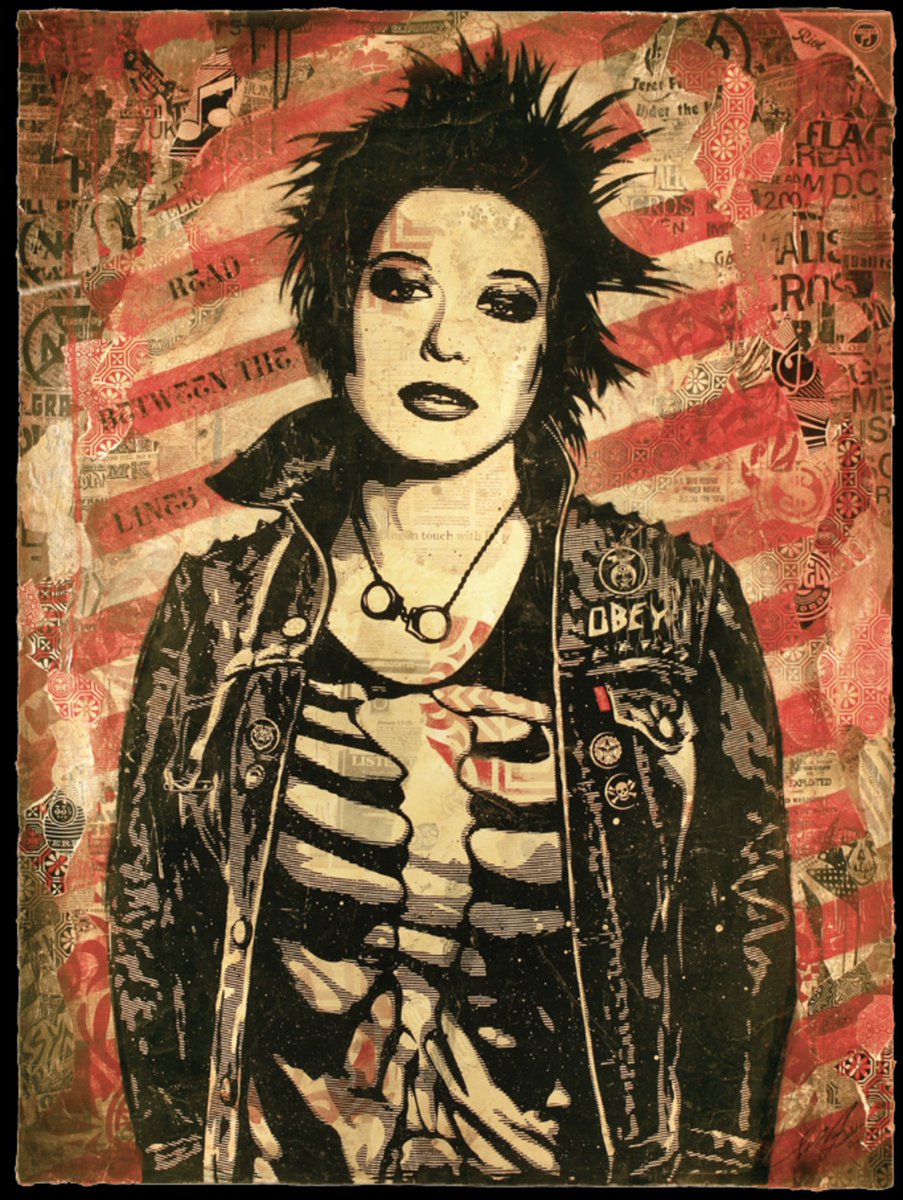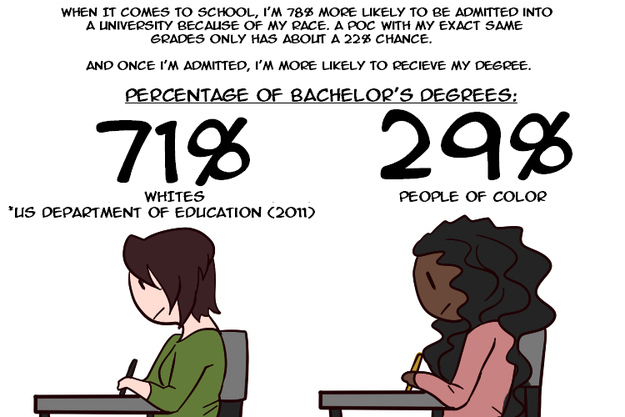

In other words, some varieties of privilege afford her only what one would want for everyone in a just society, such as the ability to use a credit card without being questioned. Her whiteness open doors that remain closed for people of color, and her whiteness allows her to remain unaware of the experiences of nonwhite people.
#UNPACKING THE INVISIBLE KNAPSACK FREE#
The list gives her cause for reflection: “If these things are true, this is not such a free country one’s life is not what one makes it many doors open for certain people through no virtues of their own” (Paragraph 34). Moreover, she “can be sure that my children will be given curricular materials that testify to the existence of their race” and “be sure that if I need legal or medical help, my race will not be held against me” (Paragraph 31). There are 26 items in the knapsack, most of them beginning with the words “I can.” McIntosh says that she can, for example, “go shopping alone most of the time, pretty well assured that I will not be followed or harassed” (Paragraph 11). These are benefits to which she is reasonably sure her nonwhite colleagues are not entitled. McIntosh then describes the contents of the knapsack in terms of “some of the daily effects of white privilege in my life” (Paragraph 7). She says, “Whites are taught to think of their lives as morally neutral, normative, and average, and also ideal, so that when we work to benefit others, this is seen as work which will allow ‘them’ to be more like ‘us’” (Paragraph 6). She relates that she has been told by nonwhite people that her behavior is oppressive, yet she has received no training or education to either explain those accusations or help her understand her role as an oppressor.

McIntosh defines and examines white privilege in terms of an “invisible knapsack” of benefits and advantages that only white people can access in American society.


 0 kommentar(er)
0 kommentar(er)
